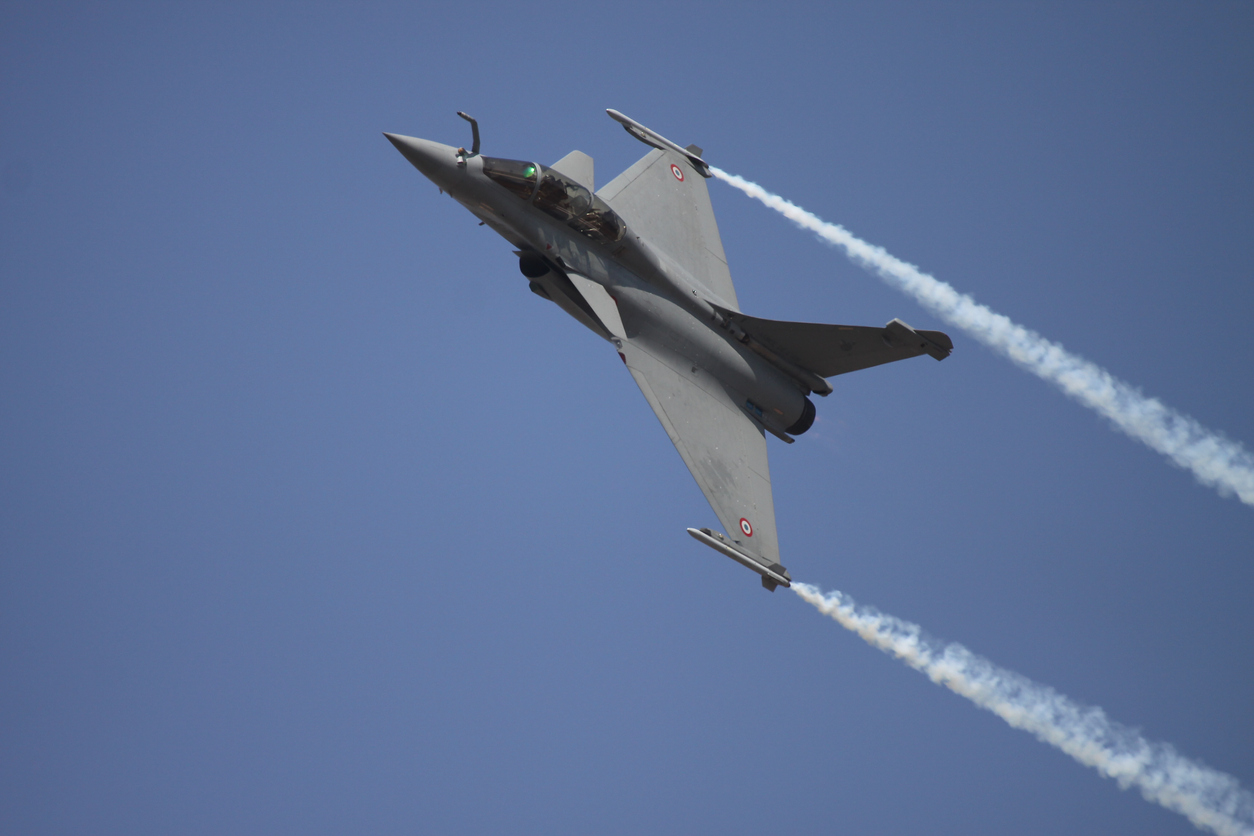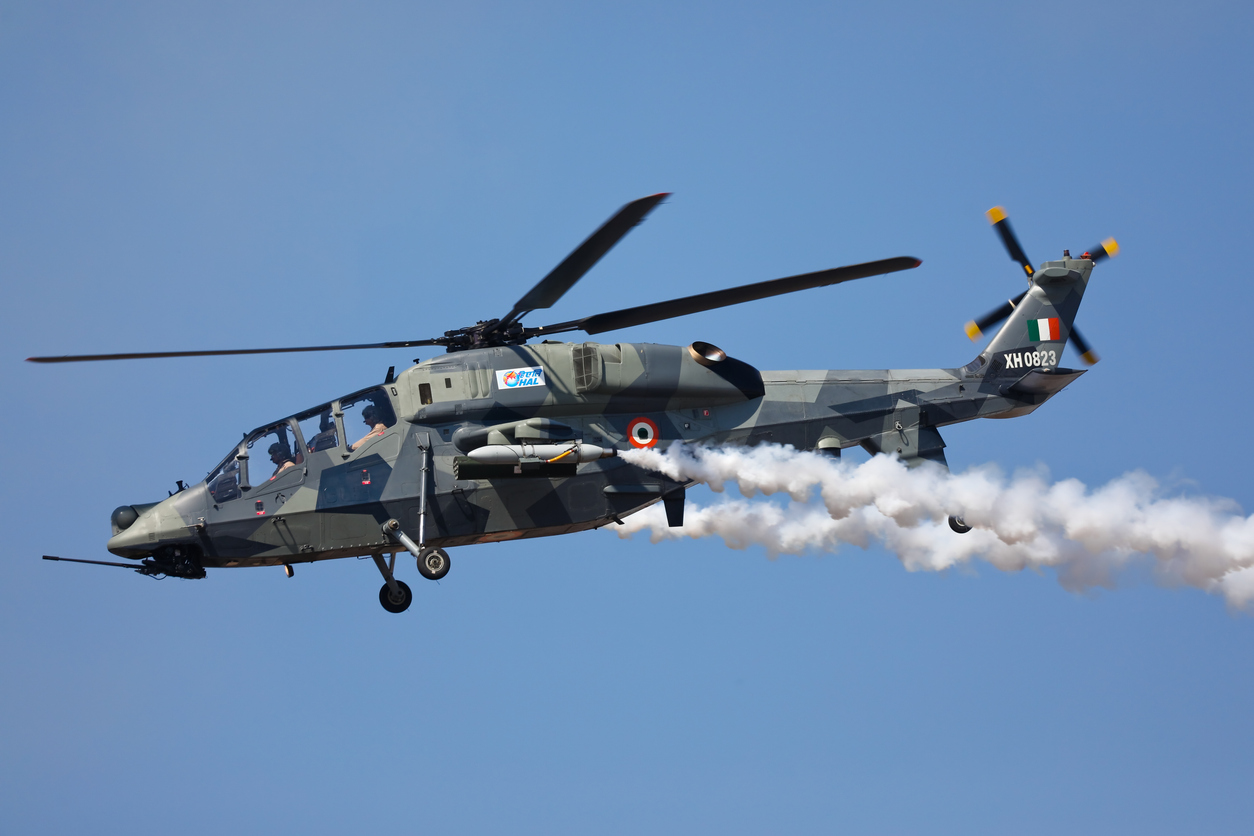
Aksai Chin: Is History Repeating Itself?

On February 10, China Daily Global announced Tibet’s plan “to upgrade the regional rail network”. The Development and Reform Commission of the Tibetan Autonomous Region (TAR) released a three-phase development plan for the railway on the Tibetan plateau: “The TAR plans to have 4,000 kilometers of rail lines by 2025 and eventually connect all its 55 counties and districts by rail. …By 2025, the construction of several railway projects, including the Ya’an-Nyingchi section of the Sichuan-Tibet Railway, the Shigatse-Pakhuktso [Pelkhu tso near the Nepal border] section of the Xinjiang-Tibet Railway and the Bomi-Ra’uk [Ranwu] section of the Yunnan-Tibet Railway will all see major progress.”
It is the first time that the Xinjiang-Tibet Railway, cutting across the Indian territory in the Aksai Chin area of Ladakh, has been mentioned. What will be the response of the Indian government to this worrying development?
A Repetition of History
Remember the 1950s when China started building a road in the Aksai Chin and India kept silent. The work had started in 1953/54 and the ‘highway’ was opened with fanfare in July 1957, but Delhi only recorded a weak protest …on October 18, 1958. The then Foreign Secretary, Subimal Dutt wrote to the Chinese ambassador in Delhi: “It had come to the Government of India’s notice that a road had been constructed by the People’s Republic of China across the eastern part of the Ladakh region of J&K State, which is part of India …the completion of which was announced in September 1957 [in fact in July].” The Indian note added: “it is matter of surprise and regrets that the Chinese Government should have constructed a road through indisputably Indian territory without first obtaining the permission of the Government of India and without even informing the Government of India.” That was it. In other words, a green light was given to Mao to continue develop the area.
Was The Road Known to Delhi?
Already in early 1957, the Indian Army had sent an officer (Lt Col RS Basera of 1 Kumaon) with a patrol to physically confirm the reports that China was building a road in the Aksai Chin area. Basera’s son recounted later: “His mission was to be tough, exciting and most unique, as he had to proceed under cover to the vast plateau of Aksai Chin and confirm reports that the Chinese were constructing a motorable road from Kashgar to Lhasa.”
Disguised as a yak herder, Basera and his two companions were instructed by the Military Intelligence (MI) not to carry any documents that could disclose their identities, no notes were to be taken; they were asked to memorise the map and the route. On the third day, one of the herders suddenly pulled Basera’s shoulder and showed him a dark line on the horizon; it was the road. The next morning, they inspected the new ‘highway’ and collected evidences.
Back in Delhi, the defence minister refused to believe the Colonel, Krishna Menon supported China, a ‘friendly neighbour’. Despite the MI detailed report, the Prime Minister and the Defence Minister, “more or less rebuked the MI for sending the patrol. The PM told the defence minister that no more such patrols were to be sent to Aksai Chin till the matter had been thoroughly investigated,” as such patrols could easily vitiate the good relations between friendly neighbours.”
Basera’s son said that his father felt utterly disgusted: “The long and difficult patrol they had undertaken now appeared to have been a futile, month-long exercise.” This time, Will India protest against the construction of a railway across its territory?
The New Railway Network
Let us look at the Chinese plans; according to the report cited above: “Improvements to the regional railway network will be of great significance in promoting socioeconomic development and safeguarding national security. …Once these new rail lines become operational, more cities in the region will be accessed by rail services with cities in northwestern and southwestern China, and more railways will be facilitated along the border ports,” it asserted.

Tibet-Xinjiang Railway: More Details
Another article in Chinese describes the new railway line and provides its rationale: “Firstly, the Tibet-Xinjiang Railway is the [last] stage to the ultimate completion of China’s railway network …the railway network of China will then be officially completed, and Chinese travel enthusiasts will be able to take a train around the whole of China.”
The second reason to open this new line is: “It is the final road to stabilise the frontier. The Xinjiang-Tibet Railway, which has been included in the 14th Five-Year Plan, is an integral part of the railway along the border. The construction of the project is of great significance in filling the gaps in the road network along the border, stabilising the border and strengthening national unity.” Clearly, the Tibet-Xinjiang has an important military component; it will be used ‘to stabilize’ the borders, just as the Aksai Chin road (today known as National Highway G219) was in the 1950s and 1960s.
A third objective of the ‘final road’ is to connect Tibet with its neighbours, particularly Nepal: “After the completion of the New Tibet-Xinjiang Railway and the Sichuan-Tibet Railway, all major cities in the mainland can open direct trains to Tibet as well as the southern border areas, and even straight to Pakistan, Nepal, Bhutan and other countries;” it called the Lhasa-Shigatse-Kyirong-Kathmandu, a public-rail link.
Finally, the difficulty of the construction of the railway is cited: “it will be the ultimate railway construction in China. According to the plan, the new line will pass through the world-famous Kunlun, Karakorum, Gangdis (Kailash) and Himalayan ranges, and is expected to cross more than a dozens of glacial rivers along the entire route, [probably referring to an extension of the line in Xinjiang] lying along more than a thousand kilometres of Gobi desert, it will run through permafrost and perennially snowy mountains, untouched Changthang grassland and hundreds of miles of uninhabited areas, with the altitude of the entire route expected to be above 4,500 metres and the winter temperature reaching -40°C and oxygen levels only 44% of the Mainland.”
There is no doubt that once it is completed, it will be the highest railway in the world on 1,200 km between Shigatse in Central Tibet and Hotan (and later on to Kashgar) in Xinjiang.
Another Plan for 59 Airports
But that is not all. Another document entitled “General Aviation Development Plan for the Tibet Autonomous Region (2021-2035)” appeared at the same time; it described the construction of a large number of airports on the Tibetan plateau. The report goes into great detail about the different needs for airports, “emergency rescue, public services, national defence and ‘stability maintenance’ [a euphemism for monitoring the local Tibetan population], short-distance transportation, low-altitude tourism, agriculture, forestry and animal husbandry operations.”
Already in 2018, the Civil Aviation Administration of China had announced the construction of three new airports in Tibet; a communiqué said: “Tourist travel will be more convenient, and economic development in Tibet’s agricultural and pastoral areas will also be assisted.” Located in Lhuntse in Lhoka prefecture, in Tingri in Shigatse City, close to the border with Nepal and in Purang, at the trijunction Nepal-Tibet-India, they will soon be functional.
The immediate objective for the 2025 Plan is to consolidate the aviation infrastructure and “vigorously promote the construction of general aviation airports and supporting facilities” …and build 14 new airports in the next two years. The report gives a chronology for the construction of these airports in Tibet, with the 14 first to be functional by 2025. They are located in Sernya (Nagchu Prefecture), Karok (Shigatse), Zhayul (Nyingchi), Tsada (Ngari), Gerze (Ngari), Yatung (near the India State of Sikkim), Tsona (near the Indian border in the North-East), Saga (north of Nepal), Sernye (Nagchu), Rutok (near the Indian border in Ladakh), Bomi (Nyingchi), Mangkang (Chamdo), Sok Dzong (Nagchu) and Kyirong (Nepal Border).
Let us remember that all infrastructure projects in China are built for dual use. From the above list of 14 first ‘airports’, it is clear that the military use will prevail on the civilian one, bringing little cheer to the Tibetan populations. If the plan is implemented, it will have serious strategic implications for the southern neighbours, particularly India.
The question remains: will Delhi protest against the construction of infrastructure, mainly the new railway, on what India considers its territory or will it adopt a wait and watch game? The successful construction of proposed rail and air infrastructure by China in Tibet will further strengthen the Chinese control of Aksai Chin.
Disclaimer
The opinions expressed in this article are the author’s own and do not reflect the views of Chanakya Forum. All information provided in this article including timeliness, completeness, accuracy, suitability or validity of information referenced therein, is the sole responsibility of the author. www.chanakyaforum.com does not assume any responsibility for the same.
Chanakya Forum is now on . Click here to join our channel (@ChanakyaForum) and stay updated with the latest headlines and articles.
Important
We work round the clock to bring you the finest articles and updates from around the world. There is a team that works tirelessly to ensure that you have a seamless reading experience. But all this costs money. Please support us so that we keep doing what we do best. Happy Reading
Support Us





















POST COMMENTS (0)